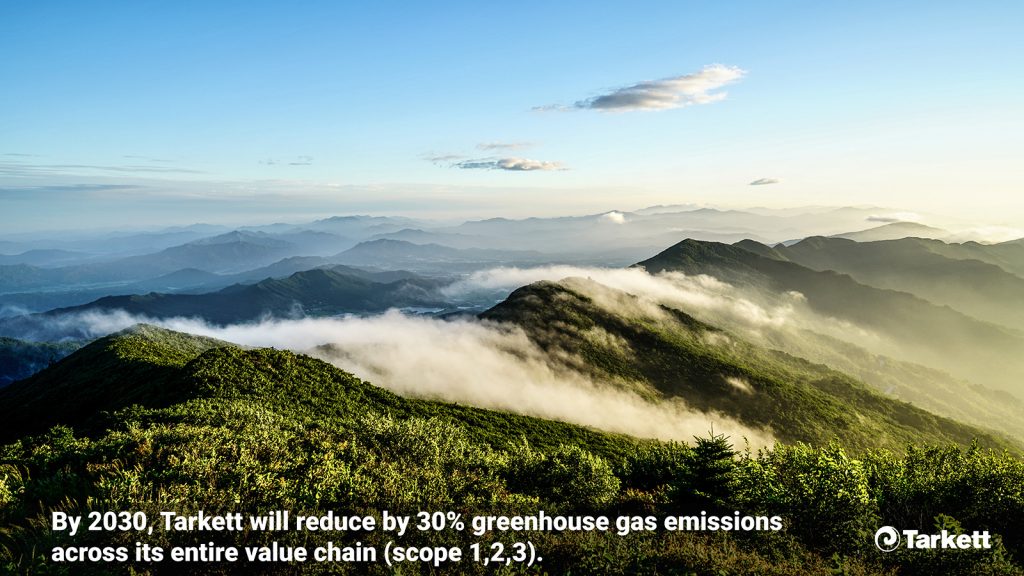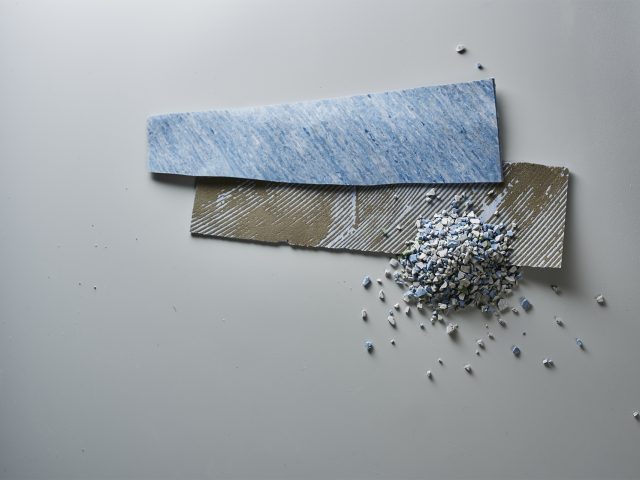Over the last decade, Tarkett has reduced greenhouse gas emissions by 38% (Scope 1 and 2)[4] and is now accelerating that progress under the 2030 Climate Roadmap. The company has recently achieved a B score by CDP[5]. This represents the second highest level of maturity a company can reach at the world’s leading climate performance platform, illustrating the strong commitment of Tarkett teams involved in the Climate Roadmap.
Greenhouse gas reductions are already being achieved through increased energy efficiency at production sites, renewable energy sourcing and eco-designed products. Through eco-design, Tarkett teams are selecting and using high-quality materials with a low carbon footprint.
This approach based on Cradle to Cradle® principles diminishes the need for virgin raw materials while reducing the company’s carbon footprint. As part of its circular economy strategy, Tarkett has developed a dedicated flooring take-back and recycling program called ReStart®. This program helps customers diverting end-of-use flooring from incineration and landfill, ensuring recycling while reducing their carbon footprint.
[1] Versus 2019, scope 1, 2 and 3
[2] Science-Based Targets is an independent organization that defines and promotes best practice in science-based target setting, and independently assesses and approves companies’ targets to accelerate the transition to a low-carbon economy. For more information: https://sciencebasedtargets.org/companies-taking-action
[3] 2019 Global Status Report for Buildings and Construction & International Energy Agency (IEA) & Eurostat).
[4] Between 2010 and 2020, scope 1 & 2, absolute values in kg of CO2e
[5] More than 13,000 companies worth over 64% of global market capitalization disclosed environmental data through CDP in 2021.





